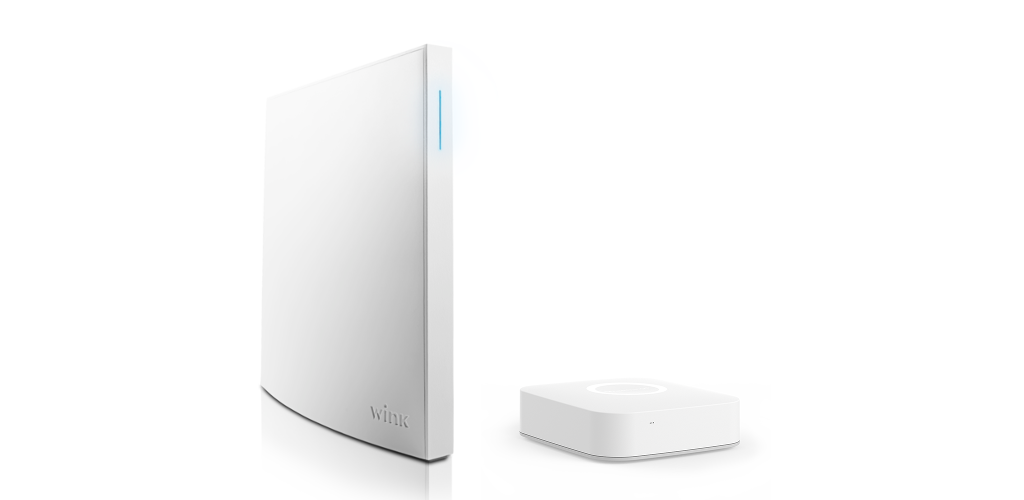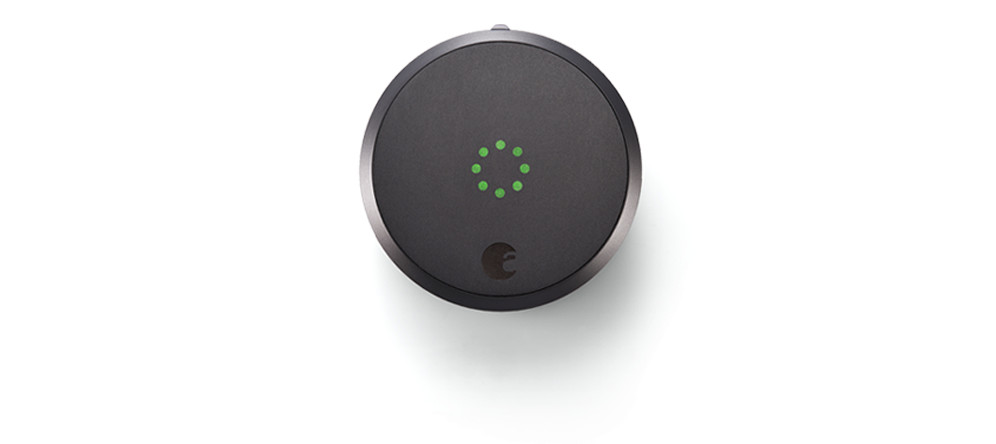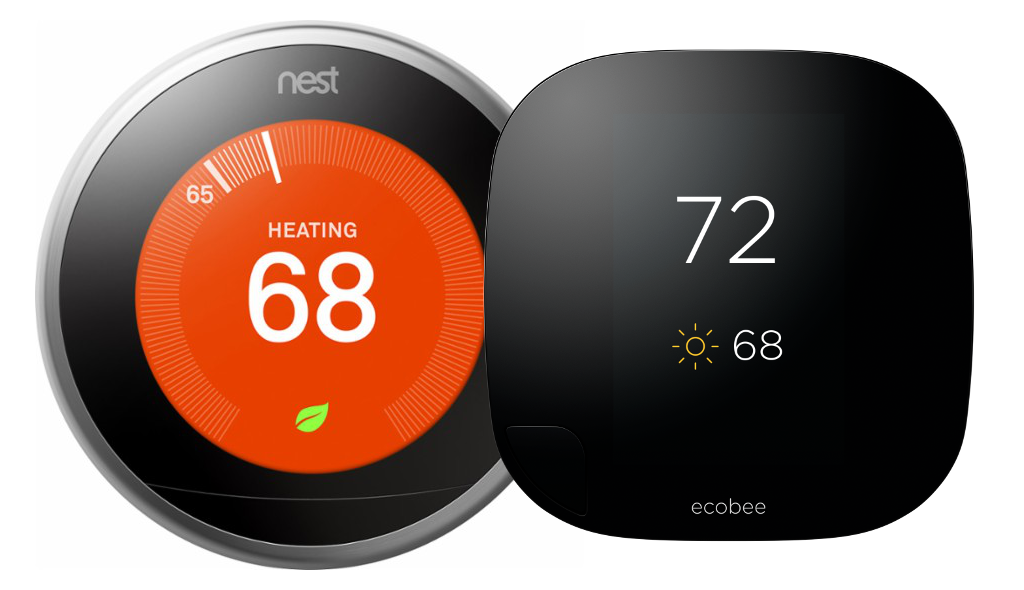I’ve had a smart home for several months now and daily I’m reading articles about the advancing field of home automation. Most of the articles make it seem that updating your apartment or house to be smart requires an engineer’s brain and several PHDs in the field of automation, programming, and computer science.
While setting up a smart home CAN be complicated it doesn’t have to be.
I’m going to cover the basics of setting up a smart home, describing what devices you need, what you don’t need, and comparing seemingly equivalent products.
The Hub
The smart hub is the most important part of your smart home. The hub is the main component of the system and is basically the brain of your smart home. It’s what your devices communicate to and what you sign into to control your smart home.
Picking the right hub for you is the most important step. Different hubs support different devices and have different automation system. Some can work with voice assistants, like Amazon Echo or Google Home and others can work with cameras and motion sensors. No one hub works with all smart devices.

My smart hub of choice is SmartThings but there are many choices available. I chose SmartThings because I read that out of the box it was very easy to setup, worked with a lot of devices, and at the time there was a sale on it. I got the hub for about $70 but the hub currently costs $100.
I’ve also heard really good things about Wink, but have not used it yet.
If you want an open source option using a Raspberry Pi 3 with openHAB or Home Assistant makes a great hub.
Regardless of the hub you ultimately end up buying it’s best to make a plan about of you expect your smart home to do before purchasing.
Picking The Devices and Making a Plan
When I was first learning about home automation I read about so many useless smart home devices. After looking up tons of products I came with one simple rule to follow when buying smart products.
If I have to be near a device to use it the device does not have to be smart.
A perfect example of this is a toaster. No matter what, I eventually need to get my toast. While I’m pretty lazy, I’m not lazy enough to expect my toaster to bring me toast.
With this in mind I eventual determined that there are four categories where home automation is useful.
Lighting
Controlling your lights is a must for any home and having smart lights in a smart home is equally a must. This is where most people start working with home automation and in my opinion where most people go the most wrong. This is also the area that I have the most experience and most opinions.
Many people say to purchase smart light bulbs but I 100% disagree. I’ve found smart light bulbs to be a huge pain and hassle. Instead replacing your electrical switches with smart switches is a much better idea. With smart switches you don’t have to change your habits of turning them on and off by hand and you get the advantage of automation and remote control.
In conclusion, don’t buy smart bulbs, but smart switches.
SmartThings Supported Switches
Wink 2 Supported Switches
Security
This is probably the most asked about category for me. I’ve heard many people worry about the security a smart lock gives them. I often hear “what happens if someone hacks my lock?”
I worried about this at first then I realized that the type of person who would rob you is not the type of person who could penetrate a WPA2-PSK encrypted WiFi unit to get access to your network. Additionally, anyone with the ability to hack your door lock won’t waste their time with it. Instead they would hack your various online accounts.

With that out of the way I do have to warn that various hubs work with various locks. Some smart locks replace your existing lock while others simply get mounted over your existing lock. The most talked about lock right now falls into the later category and is called the August lock. Unfortunately for me the August lock is not supported on SmartThings but is supported on Wink. This gives Wink an advantage over SmartThings in my mind and both hubs support smart locks from traditional lock companies like Schlage.
SmartThings Supported Locks
Wink 2 Supported Locks
Temperature
There are a lot of smart thermostats out there but there are three that people tend to talk about the most. The Nest thermostat, the ecobee 3, and the Honeywell Lyric.

I purchased the ecobee 3 because it works with both SmartThings and Wink, and every smart home system I’ve looked up, including Apple’s Homekit. It also works directly with Amazon Echo, but it doesn’t yet work with Google Home or Google Assistant.
Nest doesn’t work with SmartThings, but does work with Wink, which is really odd considering Google Home works with SmartThings and not with Wink.
The Honeywell Lyric does not work with Wink, but does work with SmartThings.
All three are good choices and have their pros and cons. For example, ecobee 3 has remote sensors to detect the temperature in different parts of your house, Nest learns from your habits to adjust your temperature automatically, and the Honeywell Lyric has presence detection, so it will know when you’re in your house and when you’re not.
All that being said the most important thing to consider when purchasing a new smart thermostat is the thermostat you already have and the existing wiring of your HVAC system. Every thermostats will work with every system but some might be harder to setup than others. For example, my old thermostat did not have a C wire and was battery powered so a friend and I rewired my HVAC using the ecobee’s included power extender kit. My case was one where a Nest or Honeywell Lyric would have been easier to install. Several people I know are interested in smart thermostats and, while the ecobee 3 is great, I might recommend them a Honeywell Lyric because they were interested in having a simple installation and the presence detection.
Voice

Another area I have strong opinions on is voice control. I’ve bought or researched nearly every voice control system out there. From off the shelf solutions, like Amazon Echo, to DIY solutions, like ReSearcher, I have researched everything. After all of that time I can definitively say I have found that one system is leaps and bounds above all others.
That system is Google Home.
While I am a big fan of Google thats not the reason I like Google Home. I actually owned an Echo and used it for home automation, which works great, but I found that Echo (Alexa) could rarely answer any of my questions. Out of ten random questions Alexa could answer only two. Google Home (Google Assistant) on the other hand usually can answer any question I throw at it.
This is also another place the hub matters. Amazon Echo is supported on nearly all hubs, but Google Home is only supported on a few. Google has been adding support for more hubs recently but Wink is still not supported. This gives SmartThings the advantage when it comes to voice control.
(As of March 28th 2017 Wink is supported on Google Home but still not reflected in Wink’s site.)
Simple Steps
1) Determine what parts of your smart home you want automated and what you want to remotely control. Make a detailed plan knowing that everything connects to your hub.
2) Research hubs and products at the same time finding a set of products and a hub that work together.
3) Focus on lighting (switches not bulbs), security, temperature, and voice control before adding more extravagant devices.
4) Put it all together and start setting up automation.
0 Comments
1 Pingback